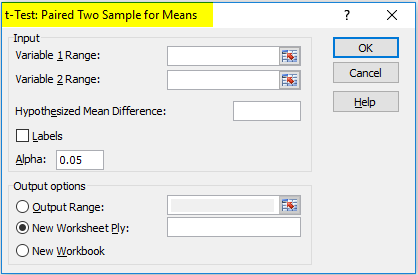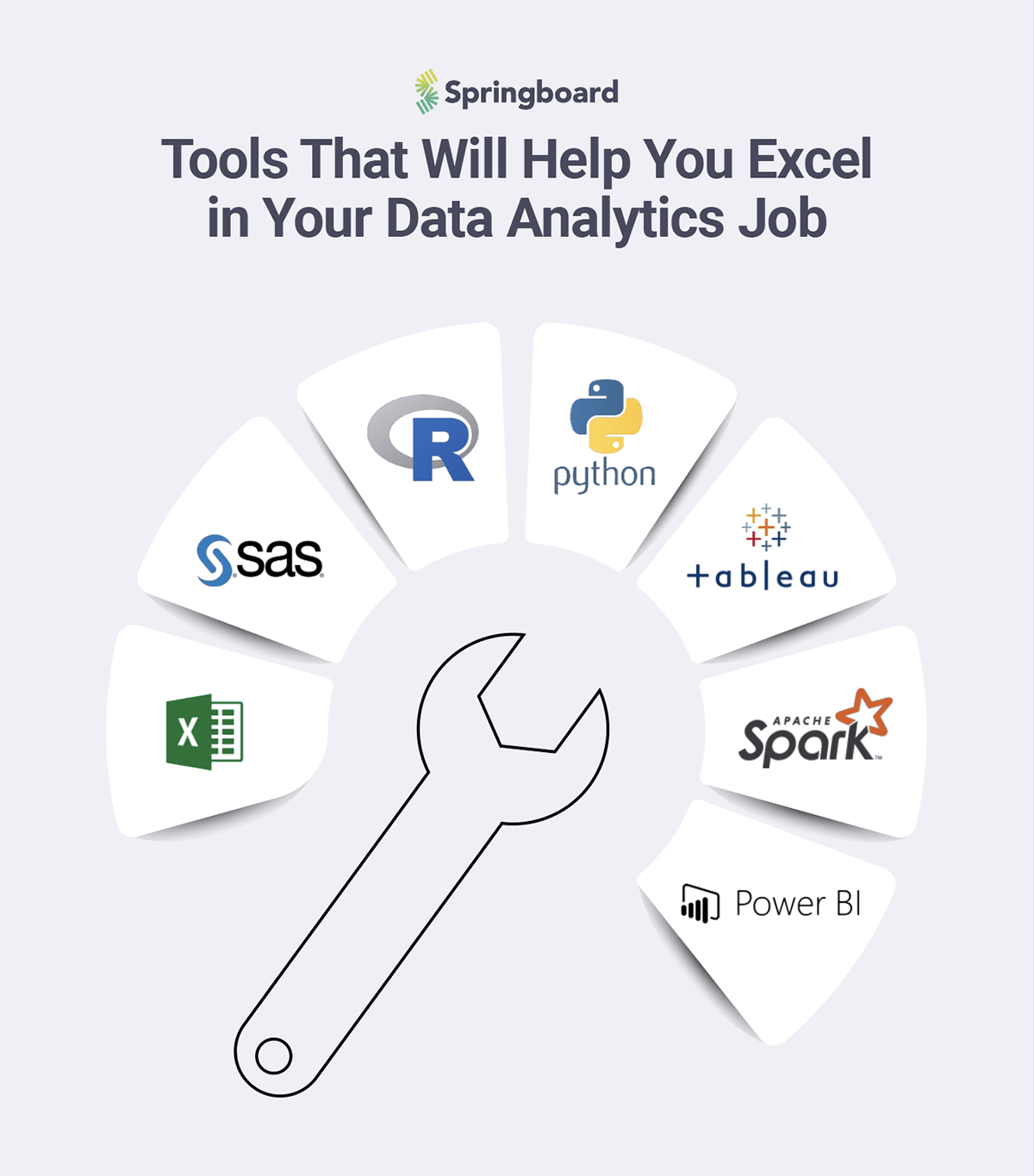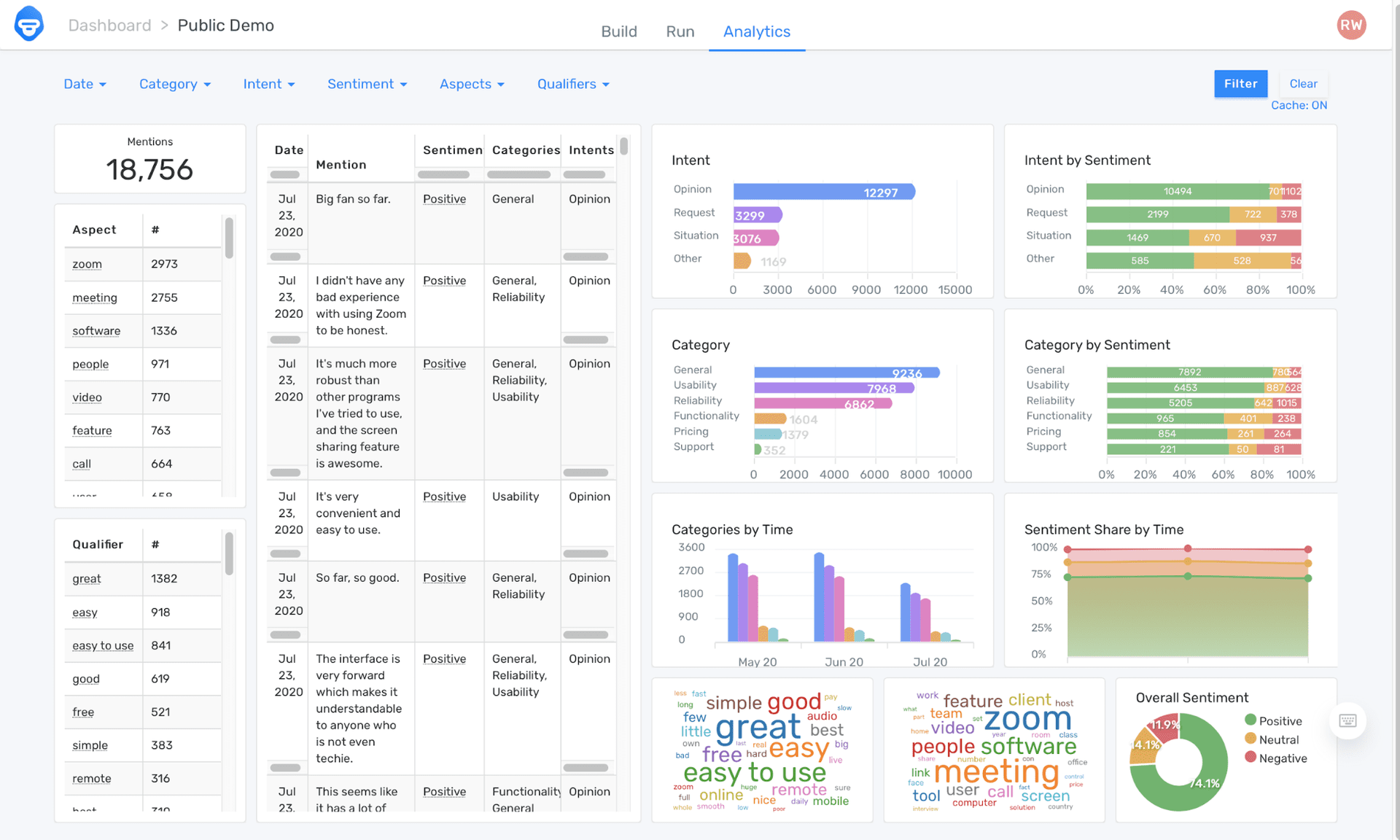

It’s also a favorite type of analysis for conducting market research. In practice, inferential analysis often looks like hypothesis tests and estimation theories.

Inferential analysis looks to hypothesize “what happened” by comparing sample statistics with the entire population. Examples of descriptive analysis include finding the mean, mode, median, range, and frequency from numerical data. Commonly, descriptive analysis offers a summary and pattern recognition from data sets. Descriptive Analysisĭescriptive analysis is all about providing a description to answer “What happened” with the use of quantitative data. This is highly useful when it comes to providing customer service. For example, text analysis tools can sort human language (in text form) to extract keywords and understand emotion.

It relies on machine learning and natural language processing (NLP) to extract information from text (without the need for human intervention). Text AnalysisĪs the name implies, text analysis refers to text data. The types of data analysis depend on the input (raw data) and desired output (insights). Given that data is available across departments within organisations, there’s no doubt that there’s different processes to perform data analysis.


 0 kommentar(er)
0 kommentar(er)
